Home>Technology>Smart Home Devices>Which Printer Is Best For Label Printing?
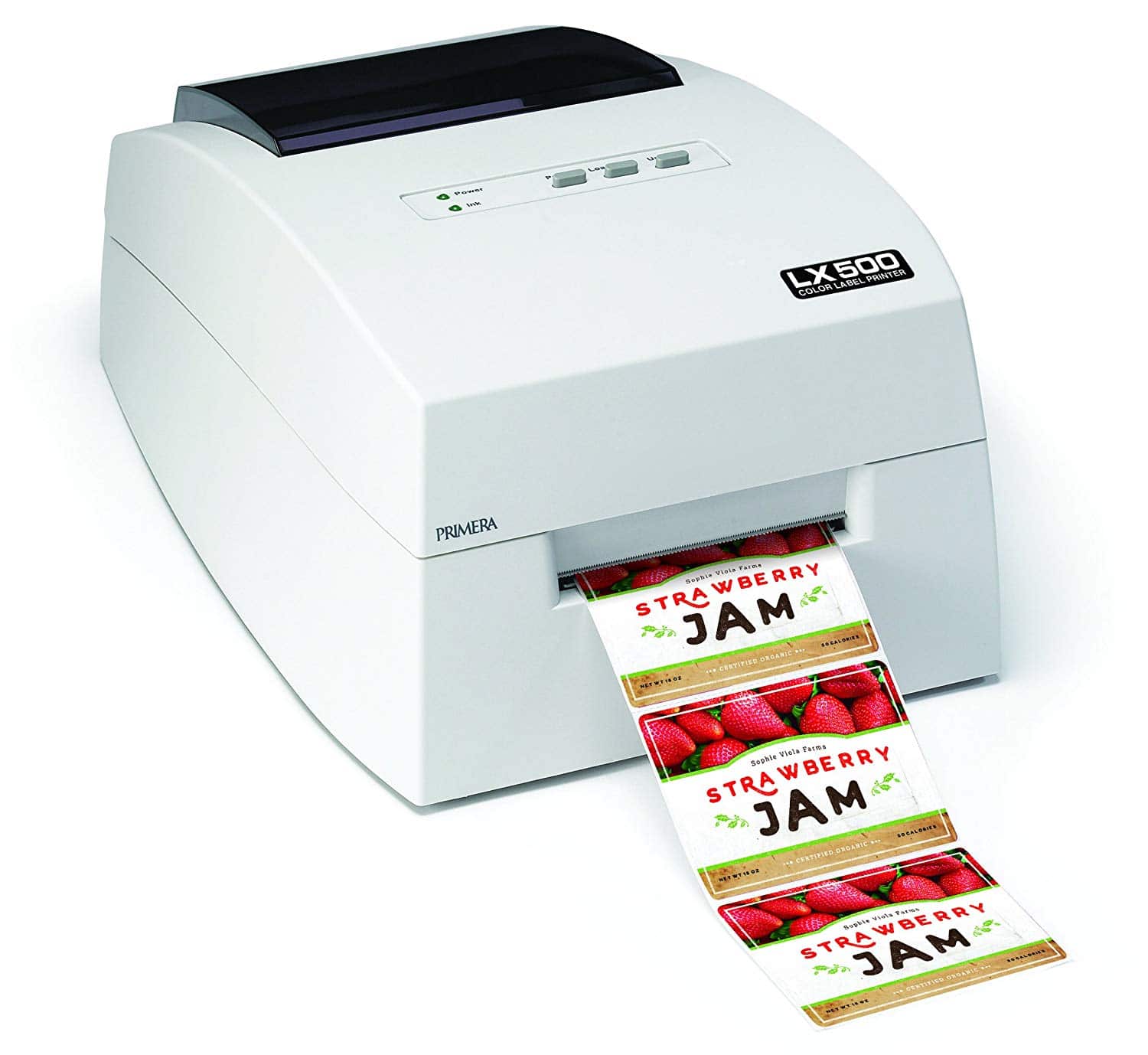

Smart Home Devices
Which Printer Is Best For Label Printing?
Modified: October 28, 2024
Looking for the best printer for label printing? Explore our top picks for smart home devices to find the perfect fit for your needs.
(Many of the links in this article redirect to a specific reviewed product. Your purchase of these products through affiliate links helps to generate commission for Storables.com, at no extra cost. Learn more)
Introduction
Label printing is an essential aspect of organization, whether for personal or business use. From creating professional product labels to organizing files and documents, having the right printer can make a significant difference in efficiency and quality. With the myriad of printer options available, it can be challenging to determine which type is best suited for label printing. In this comprehensive guide, we will explore the features and benefits of inkjet printers, laser printers, and thermal printers, providing valuable insights to help you make an informed decision.
Understanding the unique characteristics of each printer type is crucial for selecting the best option based on your specific needs. Whether you prioritize vibrant color printing, high-speed output, or cost-effective consumables, there is a printer designed to meet your requirements. By delving into the intricacies of inkjet, laser, and thermal printers, we aim to equip you with the knowledge necessary to choose the perfect label printing solution.
Key Takeaways:
- Inkjet printers are great for colorful and detailed labels, but may smudge when wet. They’re cost-effective for low to moderate printing volumes, making them a good choice for small businesses and individuals.
- Laser printers are fast and produce durable, smudge-free labels, ideal for high-volume business needs. They’re cost-efficient in the long run and offer superior monochrome output.
Read more: How To Print Labels On A Thermal Printer
Inkjet Printers
Inkjet printers are renowned for their exceptional versatility and ability to produce high-quality images and text. These printers function by propelling droplets of ink onto the paper, resulting in sharp and vibrant prints. When it comes to label printing, inkjet printers offer several advantages that make them a popular choice for both home and small business use.
Advantages of Inkjet Printers for Label Printing:
- Color Reproduction: Inkjet printers excel at producing vivid and detailed color prints, making them ideal for labels requiring intricate designs or vibrant branding elements.
- Media Compatibility: These printers can accommodate various label materials, including glossy, matte, and specialty papers, providing flexibility in label customization.
- Cost-Effectiveness: For low to moderate label printing volumes, inkjet printers offer a cost-effective solution, as they typically have lower upfront costs compared to laser printers.
- Photo Printing Capabilities: Inkjet printers are well-suited for printing high-resolution photos on labels, making them suitable for product labels and promotional materials.
While inkjet printers offer impressive color printing capabilities and media flexibility, it’s important to consider their limitations. The ink used in these printers may be susceptible to smudging when exposed to moisture, potentially compromising the durability of printed labels. Additionally, the cost of ink cartridges can add up over time, especially for high-volume label printing.
When selecting an inkjet printer for label printing, it’s advisable to opt for a model with pigment-based inks, as they offer improved water and smudge resistance compared to dye-based inks. Furthermore, evaluating the printer’s print speed, resolution, and overall cost of ownership will help you make an informed decision that aligns with your label printing requirements.
Laser Printers
Laser printers are renowned for their rapid printing speeds, crisp text output, and cost-effective long-term operation, making them a popular choice for various printing needs, including label production. These printers utilize a laser to create electrostatic charges on a photosensitive drum, which then attract toner particles to form the desired image or text on the paper. When it comes to label printing, laser printers offer distinct advantages that cater to specific requirements.
Advantages of Laser Printers for Label Printing:
- High-Speed Printing: Laser printers are designed for swift and efficient printing, making them ideal for high-volume label production in business settings.
- Sharp Text and Graphics: The precision of laser technology results in clear, smudge-free text and graphics, ensuring professional-looking labels.
- Durability: Labels printed with a laser printer are generally more resistant to water and moisture, making them suitable for applications requiring enhanced durability.
- Cost-Efficiency for Volume Printing: While laser printers may have higher initial costs, they offer cost-effective printing over time, particularly for large label printing volumes, as toner cartridges have a higher page yield compared to inkjet cartridges.
Despite their numerous advantages, laser printers also have considerations that warrant attention. While they excel at monochrome printing, achieving high-quality color prints with a laser printer may require a higher investment in a color laser model. Additionally, laser printers may have limitations in accommodating specialty label materials, such as textured or glossy papers, compared to inkjet printers.
When selecting a laser printer for label printing, it’s essential to assess the printer’s resolution, duty cycle, and compatibility with label media to ensure it aligns with your specific printing needs. Furthermore, considering the total cost of ownership, including maintenance and replacement toner expenses, is crucial for making a well-informed decision.
When choosing a printer for label printing, consider a thermal label printer for high-quality, durable labels. These printers use heat to transfer ink onto the label, resulting in long-lasting and smudge-proof prints.
Thermal Printers
Thermal printers are a popular choice for label printing, particularly in commercial and industrial settings, due to their efficient and reliable operation. These printers utilize heat to transfer text and images onto specially coated label paper or direct thermal label stock. Thermal printing technology offers unique advantages that cater to specific label printing requirements, making it a preferred option for various applications.
Advantages of Thermal Printers for Label Printing:
- High-Speed Printing: Thermal printers are designed for rapid label production, making them ideal for applications requiring quick turnaround times.
- Cost-Effective Operation: Since thermal printers do not require ink or toner, they offer cost savings in consumables, resulting in lower ongoing operational expenses.
- Durable Labels: Labels produced by thermal printers are resistant to fading and smudging, making them suitable for applications exposed to environmental factors.
- Compact Design: Thermal printers are often compact and space-efficient, making them suitable for environments with limited workspace.
While thermal printers offer compelling advantages, it’s important to consider their limitations. Thermal labels may be susceptible to fading when exposed to direct sunlight or high temperatures, which can impact their longevity in certain applications. Additionally, the initial cost of thermal printers may be higher compared to standard inkjet or laser printers, requiring an assessment of long-term cost savings to determine overall value.
When considering a thermal printer for label printing, evaluating the specific requirements of your labeling application is crucial. Factors such as label size variability, print resolution, and connectivity options should be carefully assessed to ensure the chosen thermal printer aligns with your operational needs. Additionally, exploring the availability of compatible label materials and the potential for integrating barcode or RFID printing capabilities can further enhance the suitability of thermal printers for specific labeling tasks.
Comparison of Printers for Label Printing
When evaluating the best printer for label printing, it’s essential to compare the key features and characteristics of inkjet, laser, and thermal printers to determine the most suitable option for your specific needs. Each printer type offers distinct advantages and considerations that can significantly impact their performance in label production.
Print Quality and Color Reproduction:
Inkjet printers excel in producing vibrant, high-resolution color prints, making them ideal for labels requiring intricate designs and vivid branding elements. Laser printers are renowned for their sharp text and graphics, offering superior monochrome output, while color laser models provide quality color prints at a higher initial investment. Thermal printers are proficient in producing durable, high-contrast labels, making them suitable for applications requiring resistance to environmental factors.
Speed and Volume:
Laser printers lead in printing speed, making them ideal for high-volume label production in business environments. Thermal printers also offer rapid printing, catering to applications with quick turnaround requirements. Inkjet printers may have slower print speeds compared to laser and thermal printers, making them more suitable for low to moderate label printing volumes.
Media Compatibility and Durability:
Inkjet printers offer versatility in accommodating various label materials, including glossy, matte, and specialty papers, providing flexibility in label customization. However, the susceptibility of ink to smudging when exposed to moisture may impact label durability. Laser printers produce durable labels resistant to water and moisture, making them suitable for applications requiring enhanced longevity. Thermal printers offer cost-effective and durable label production, with labels resistant to fading and smudging, making them suitable for specific environmental conditions.
Cost Considerations:
Inkjet printers generally have lower upfront costs and are cost-effective for low to moderate label printing volumes. However, ongoing expenses related to ink cartridge replacement should be considered. Laser printers, while having higher initial costs, offer cost-effective printing for high-volume label production due to their higher page yield toner cartridges. Thermal printers provide cost savings in consumables, as they do not require ink or toner, making them efficient for certain label printing applications.
Ultimately, the choice of the best printer for label printing hinges on your specific requirements, including print quality, speed, volume, media compatibility, durability, and long-term operational costs. By carefully assessing these factors in relation to your label production needs, you can make an informed decision that aligns with your desired outcomes and budget considerations.
Conclusion
Choosing the best printer for label printing entails a thorough understanding of the unique features and capabilities offered by inkjet, laser, and thermal printers. Each printer type presents distinct advantages and considerations, catering to diverse label production requirements across personal, business, and industrial settings.
For applications demanding vibrant color reproduction and media versatility, inkjet printers emerge as a compelling choice, excelling in producing detailed and visually striking labels. Their cost-effective nature for low to moderate label printing volumes makes them an attractive option for small businesses and individuals seeking high-quality label output.
Laser printers, renowned for their rapid printing speeds and durable, smudge-resistant labels, are well-suited for high-volume label production in business environments. Their cost-efficient long-term operation and superior monochrome output make them an ideal choice for applications prioritizing efficiency and professional-grade labels.
Thermal printers, offering rapid, cost-effective, and durable label production, are particularly suitable for commercial and industrial settings where quick turnaround times and label longevity are paramount. Their resistance to fading and smudging, coupled with efficient consumable usage, positions them as a reliable solution for specific labeling requirements.
When making a decision, it’s crucial to align the printer’s capabilities with your specific label printing needs, considering factors such as print quality, speed, volume, media compatibility, durability, and long-term operational costs. By evaluating these aspects in relation to your intended applications, you can confidently select the most suitable printer for your label production endeavors.
Ultimately, whether you prioritize vibrant color prints, high-speed output, or cost-effective label production, there is a printer tailored to meet your requirements. Armed with the insights provided in this guide, you are well-equipped to make an informed decision and elevate your label printing endeavors with a printer that perfectly aligns with your unique needs and preferences.
Frequently Asked Questions about Which Printer Is Best For Label Printing?
Was this page helpful?
At Storables.com, we guarantee accurate and reliable information. Our content, validated by Expert Board Contributors, is crafted following stringent Editorial Policies. We're committed to providing you with well-researched, expert-backed insights for all your informational needs.
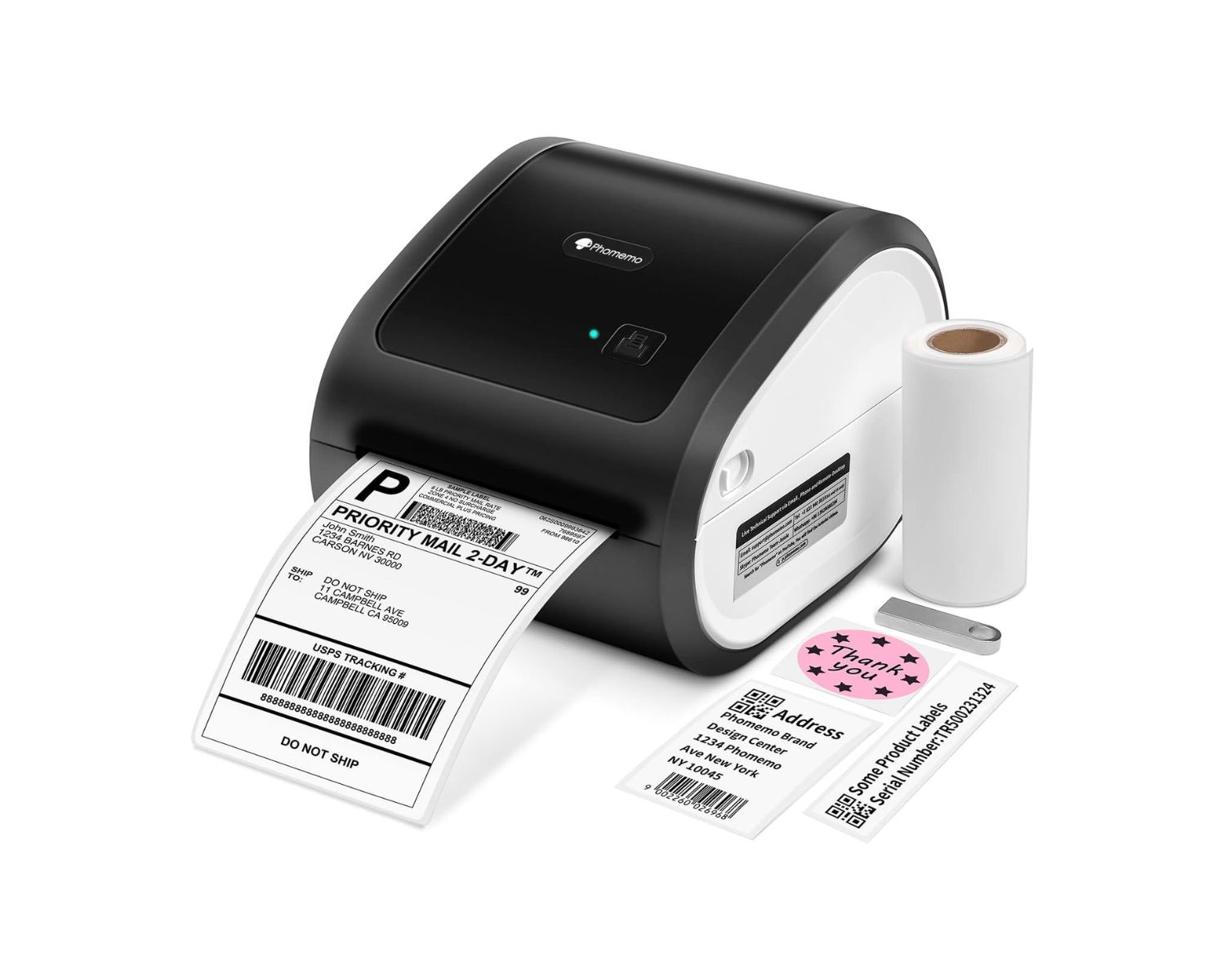
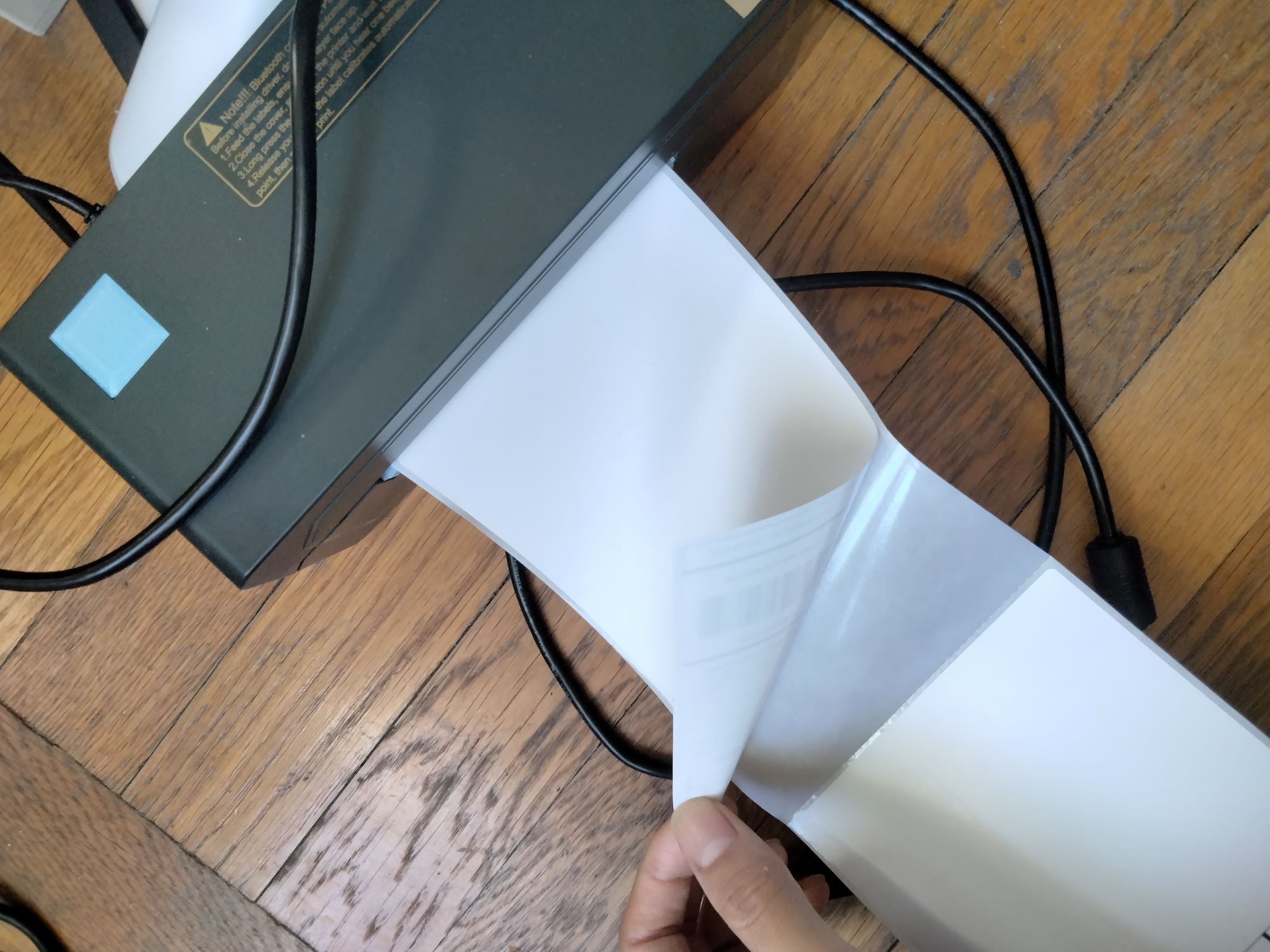
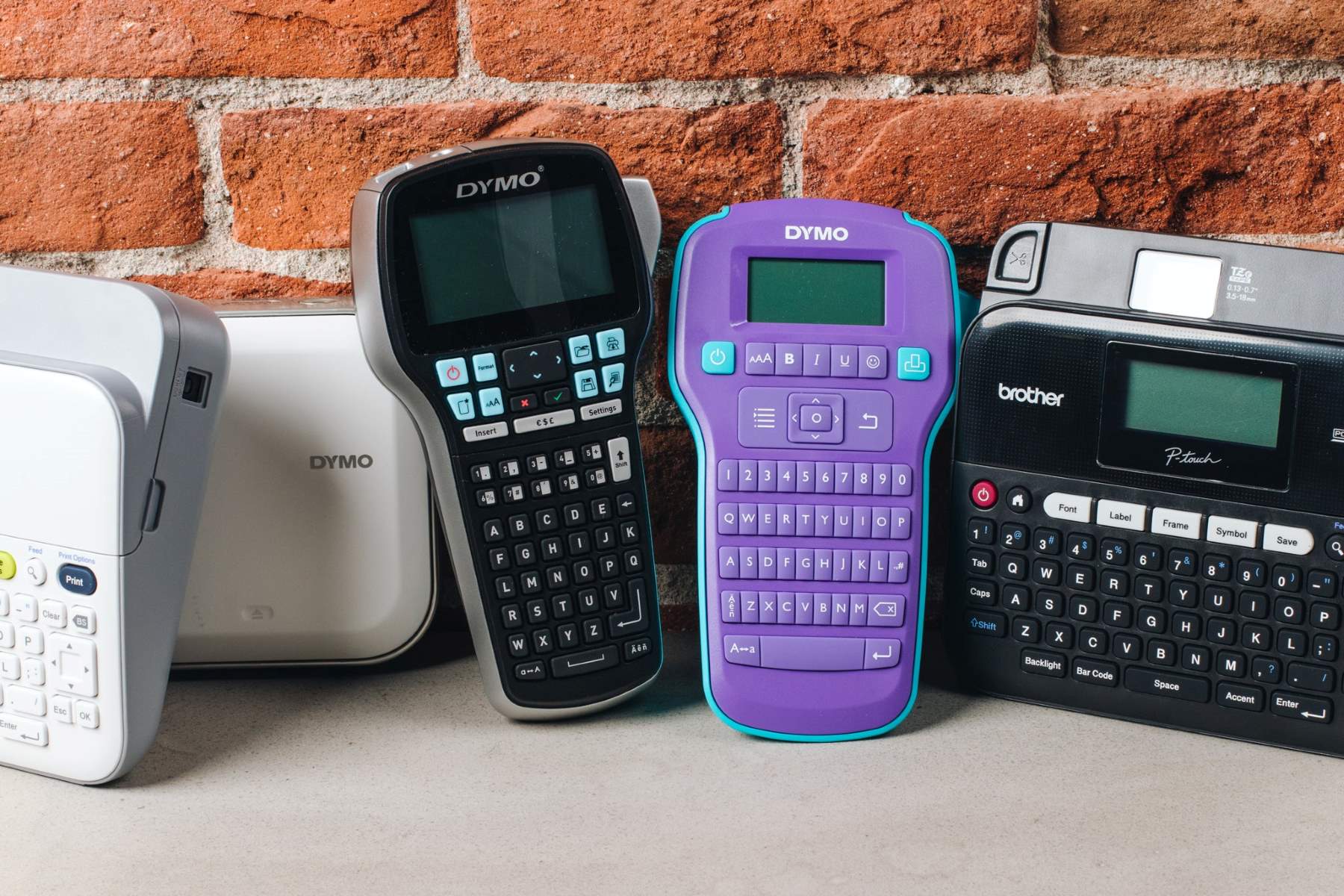

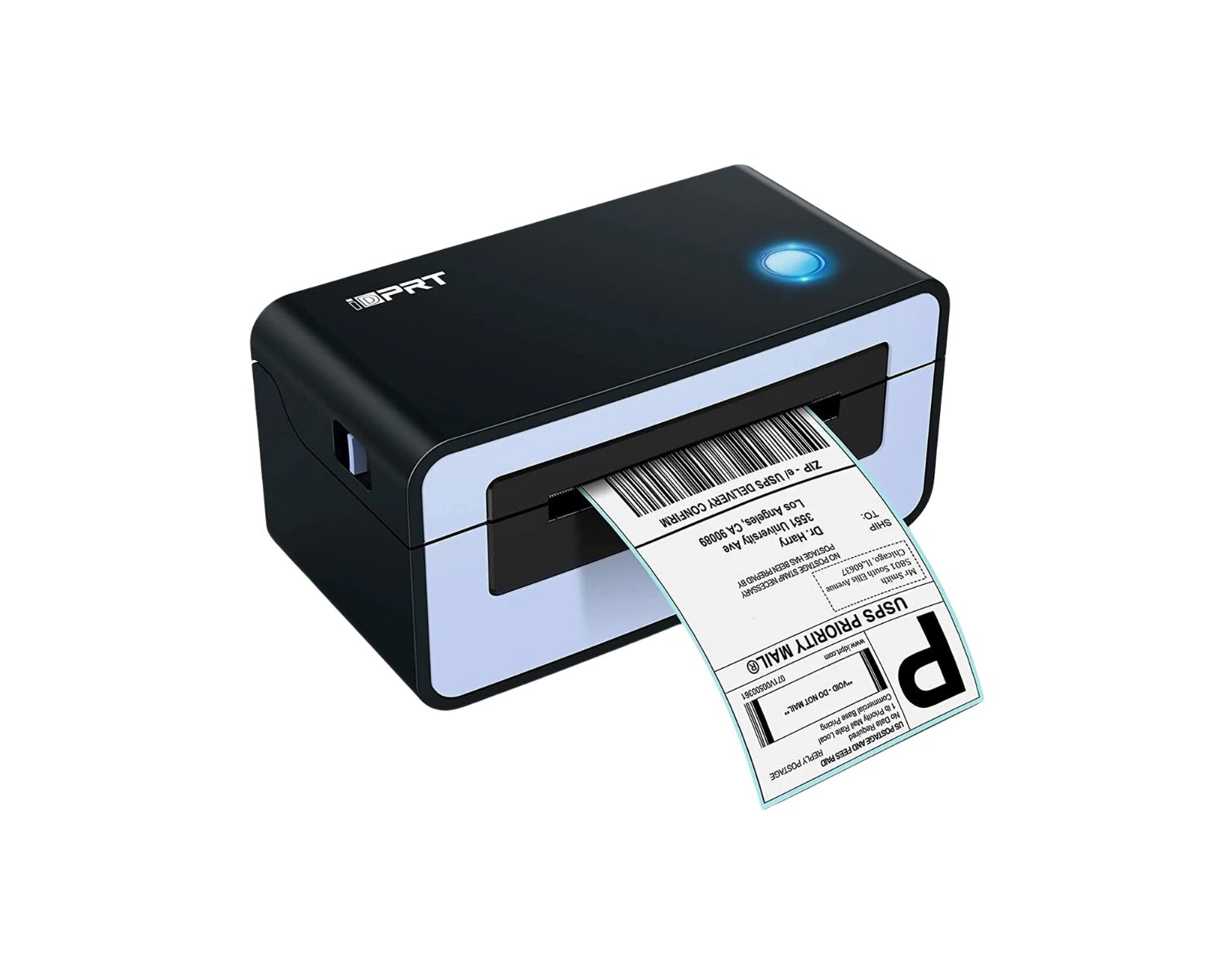
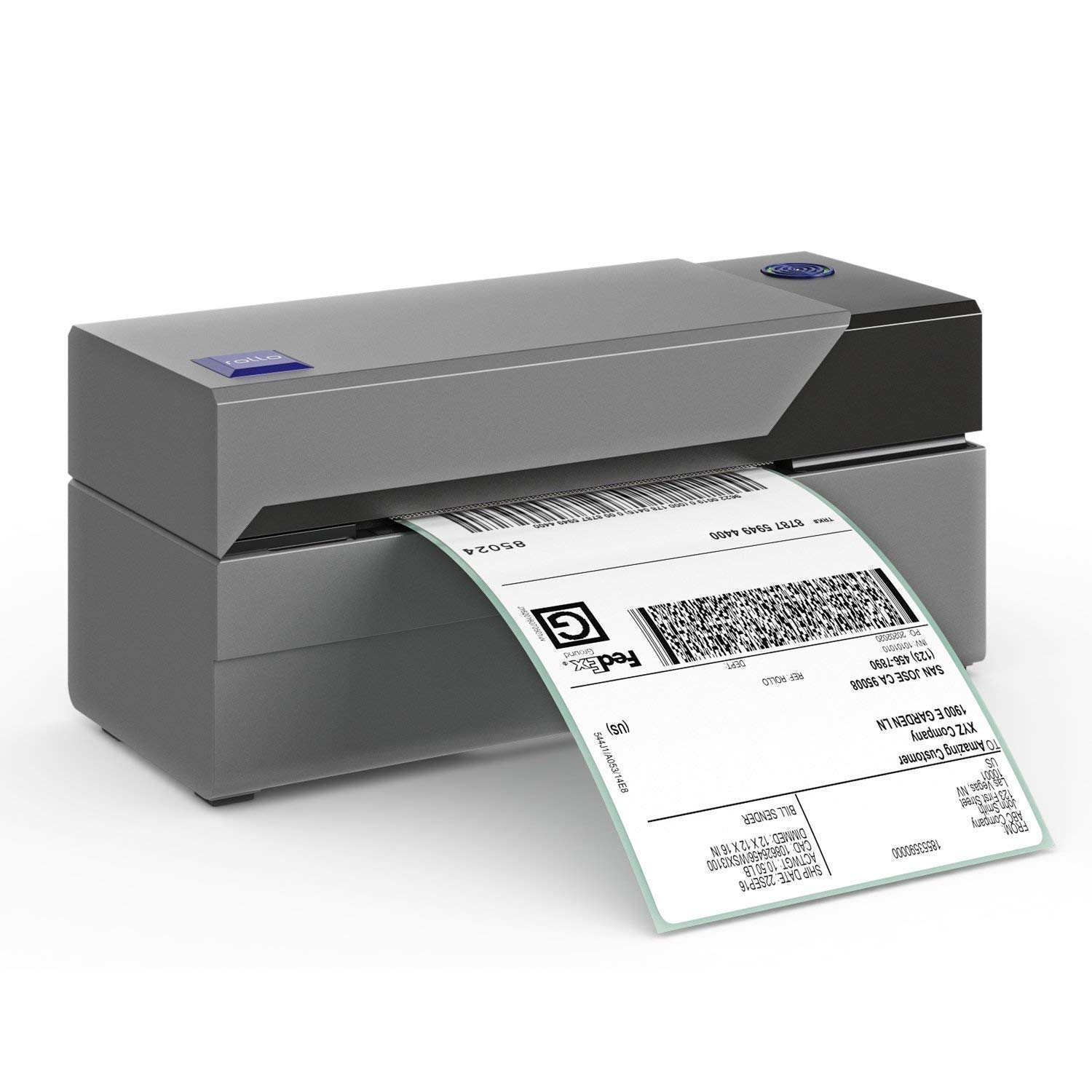
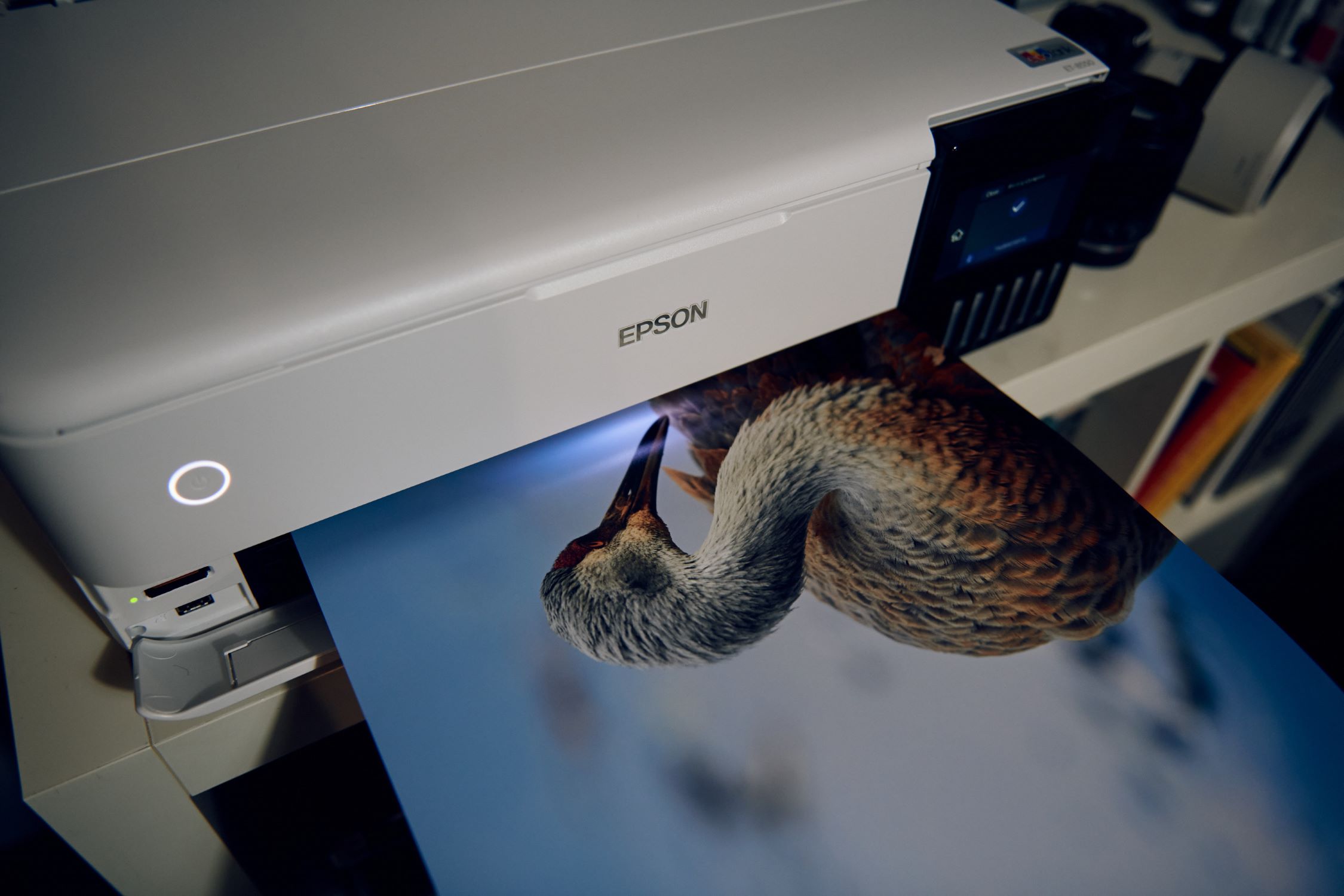
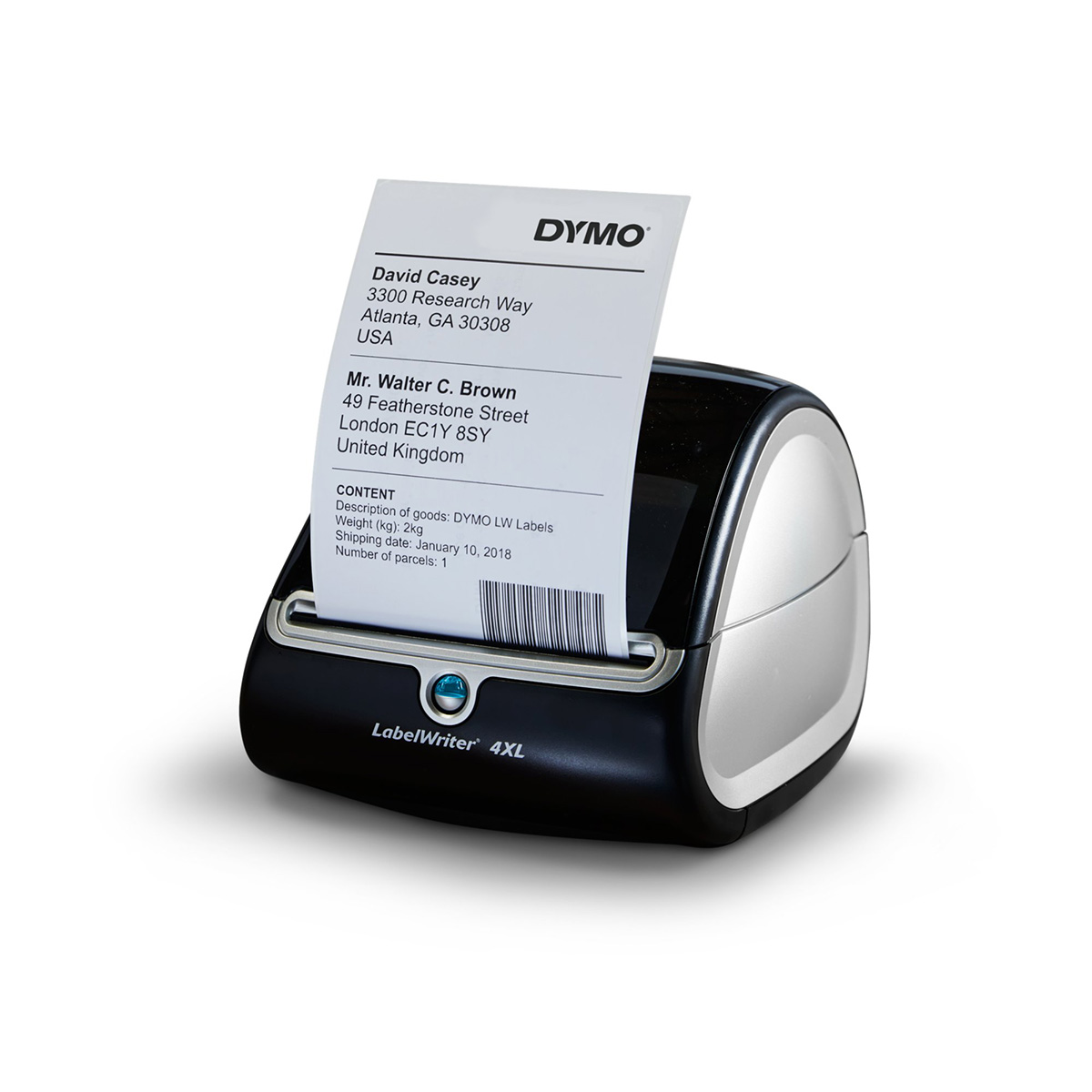
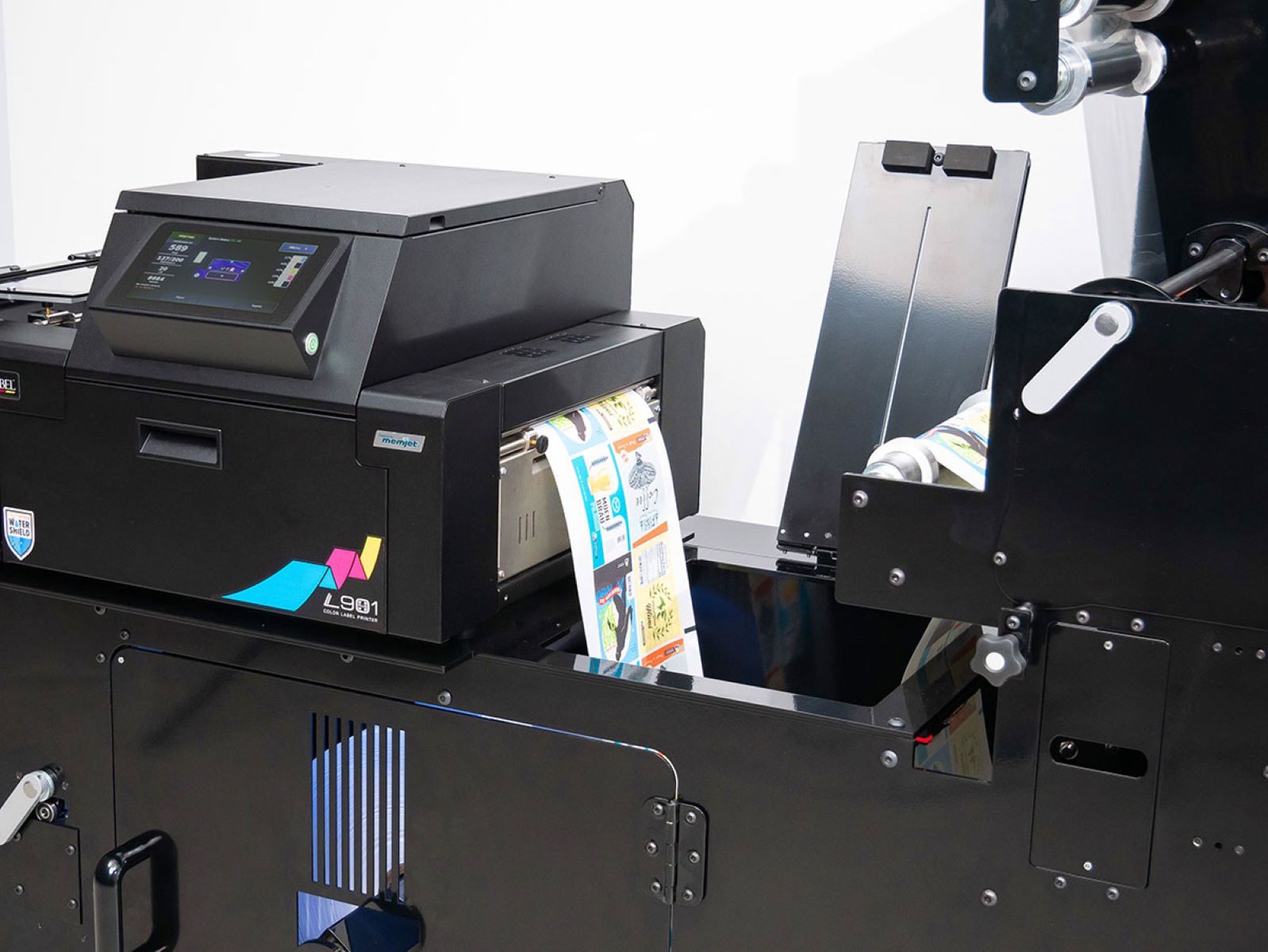
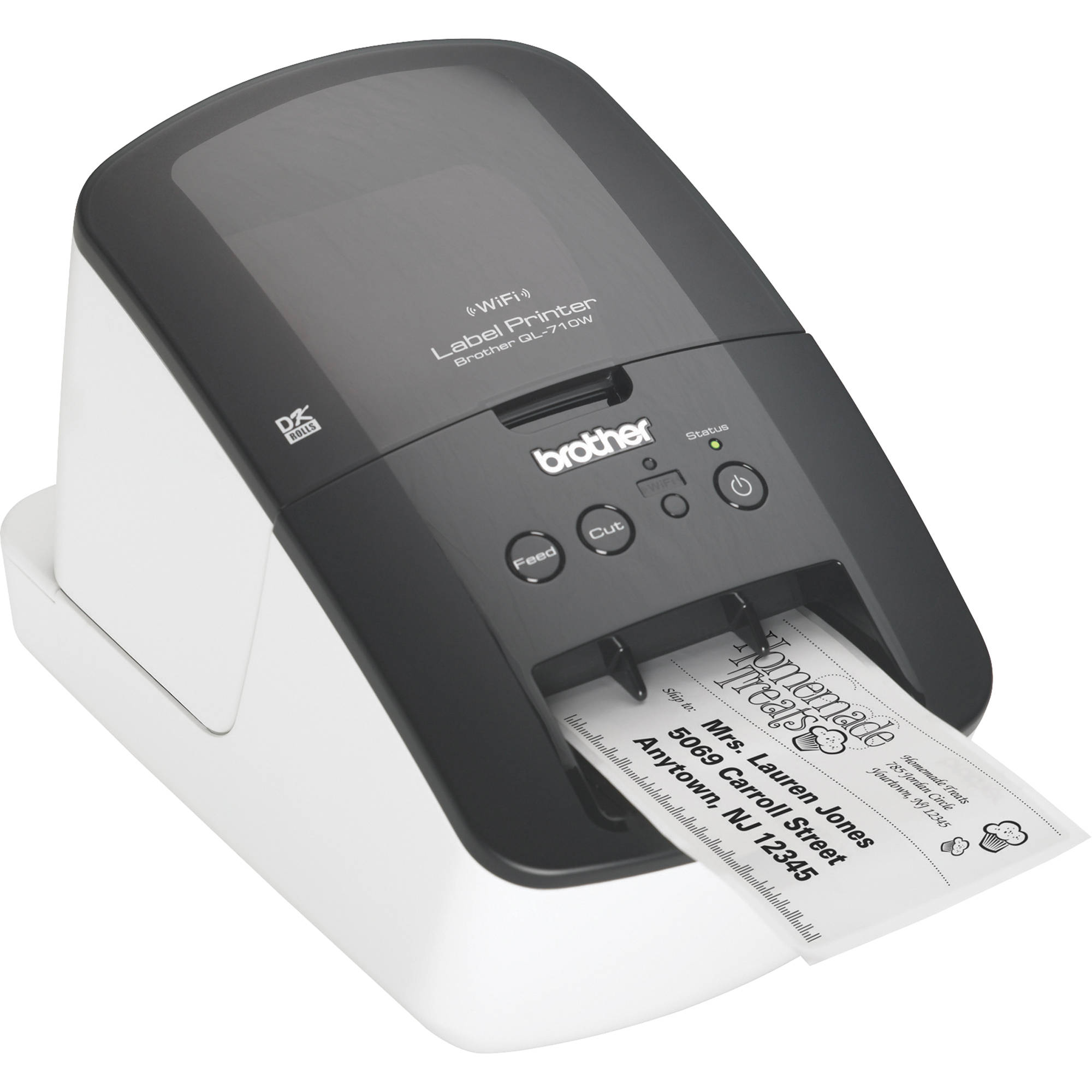

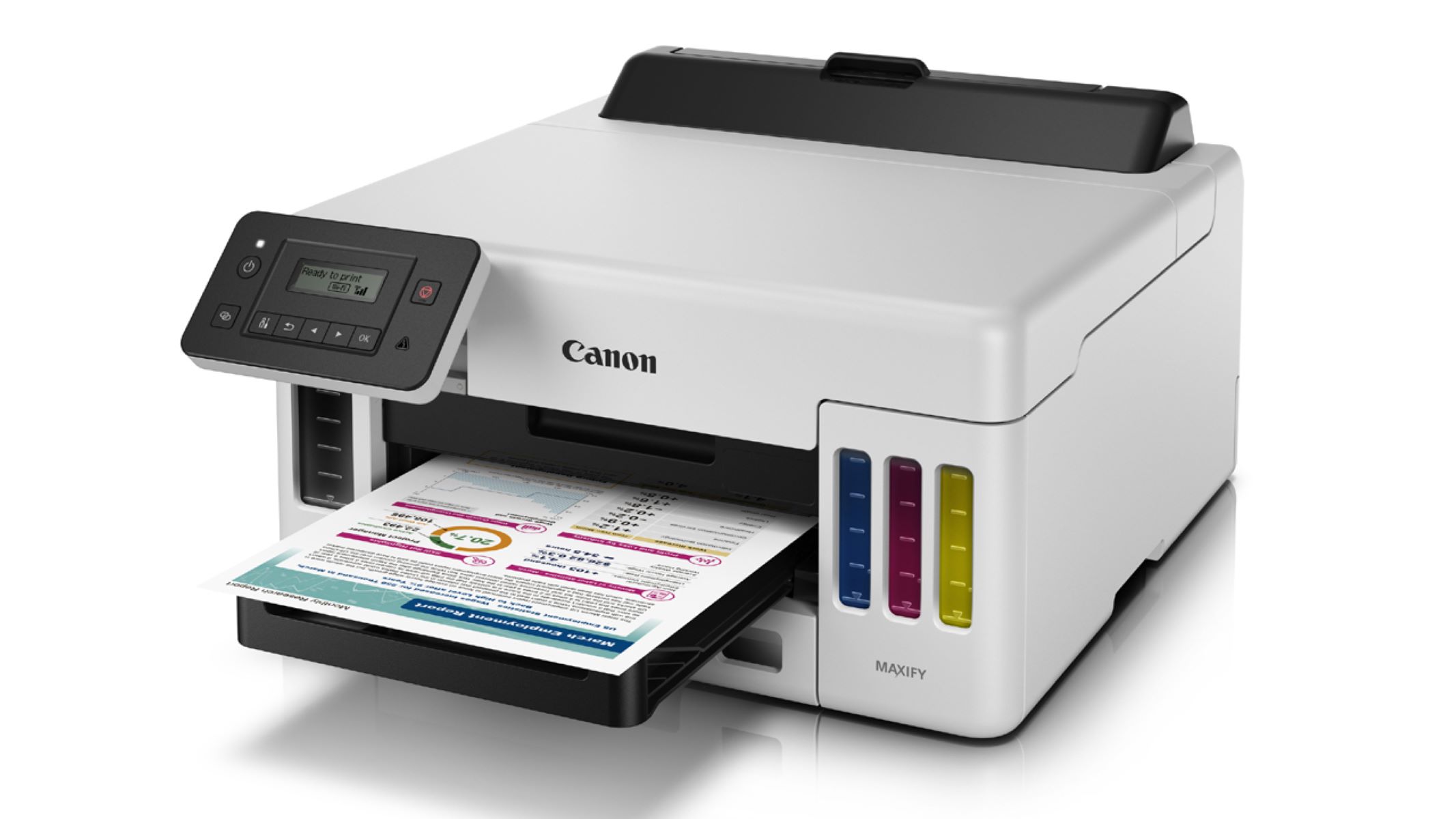
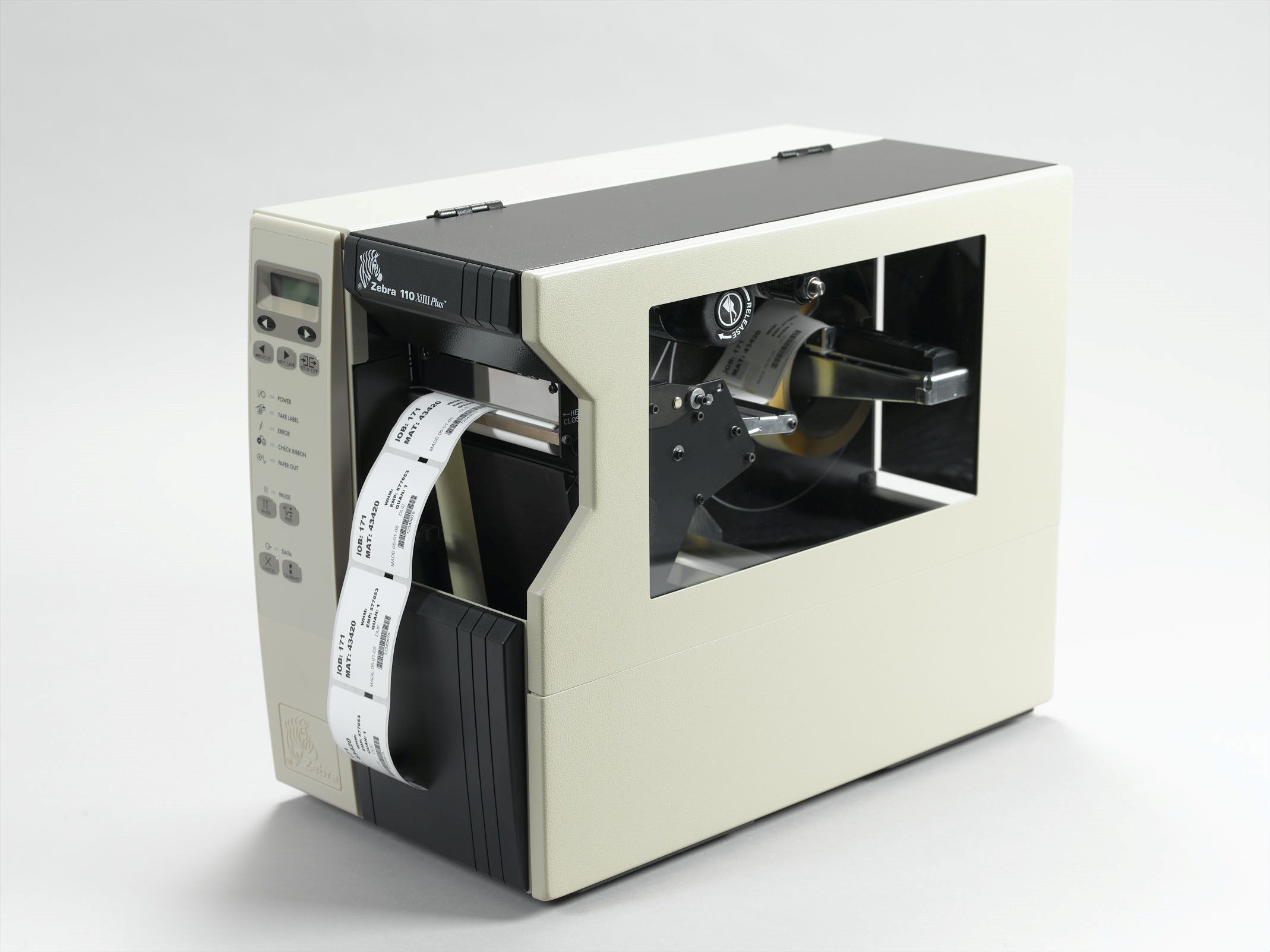
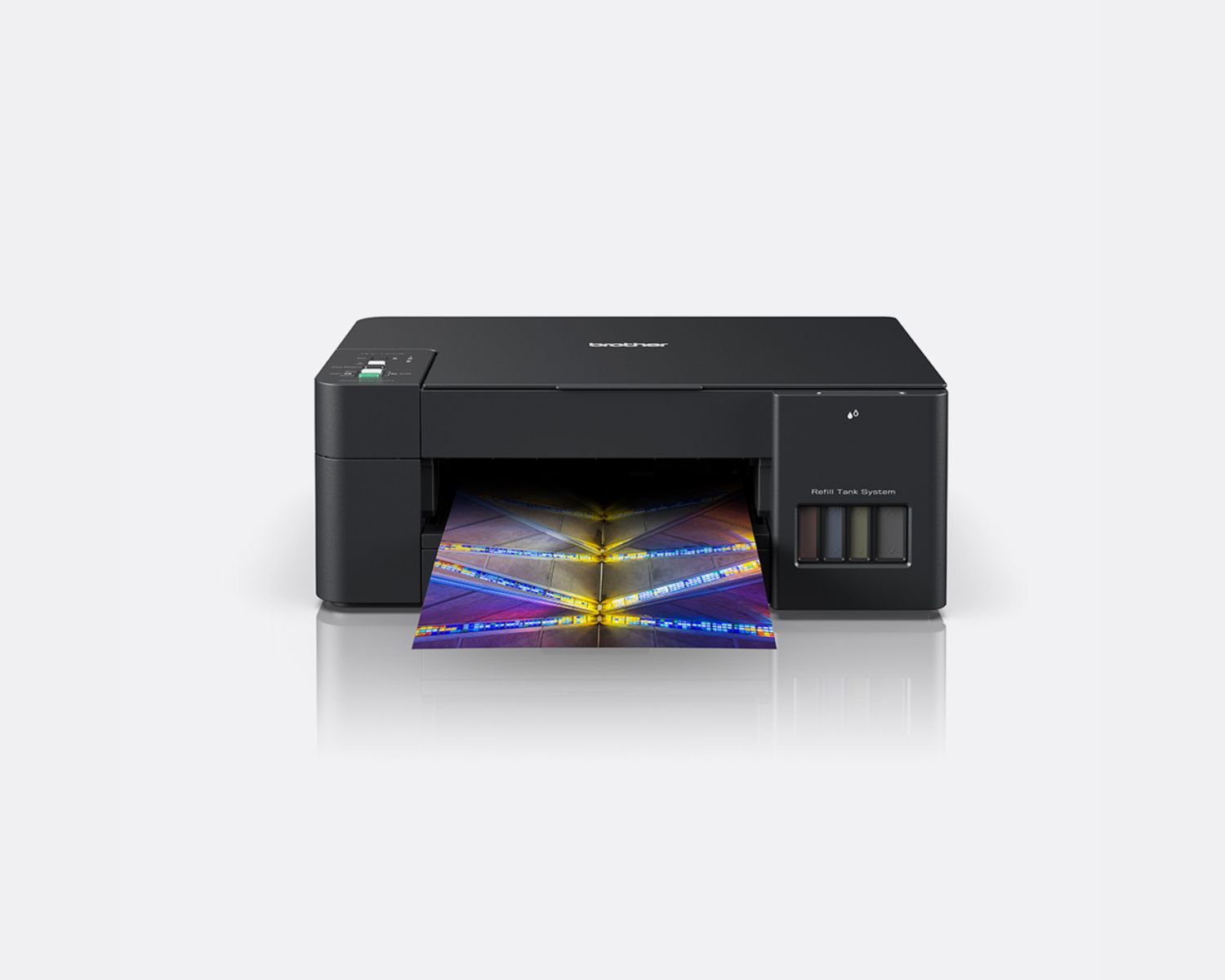

0 thoughts on “Which Printer Is Best For Label Printing?”